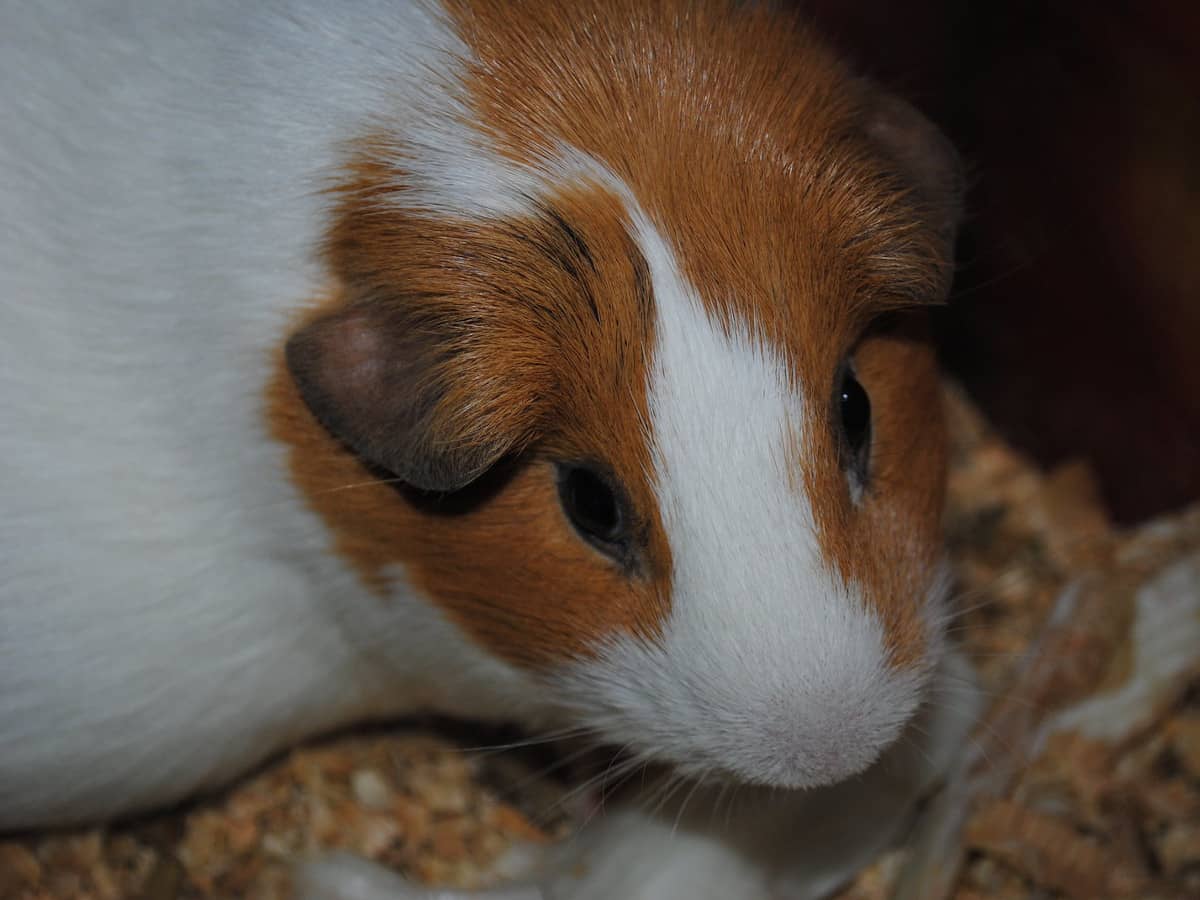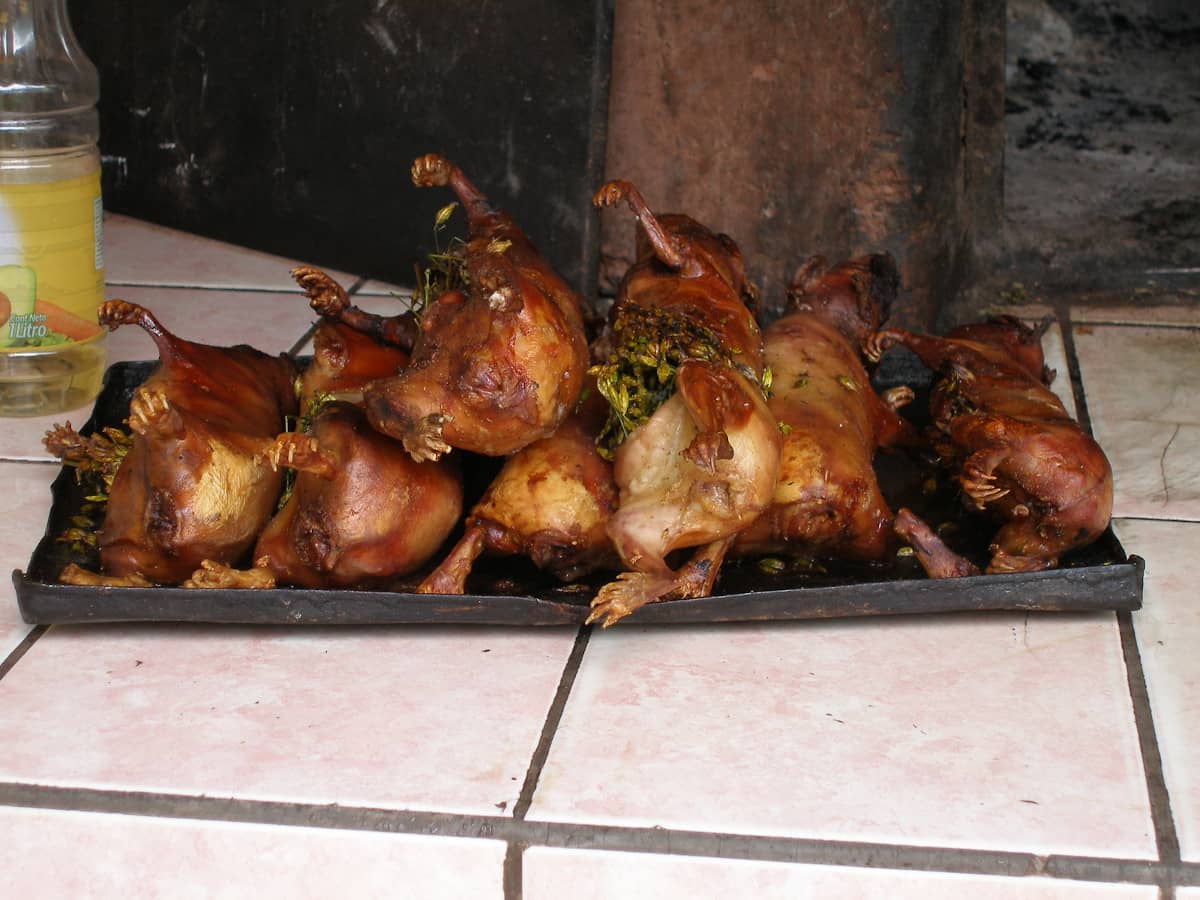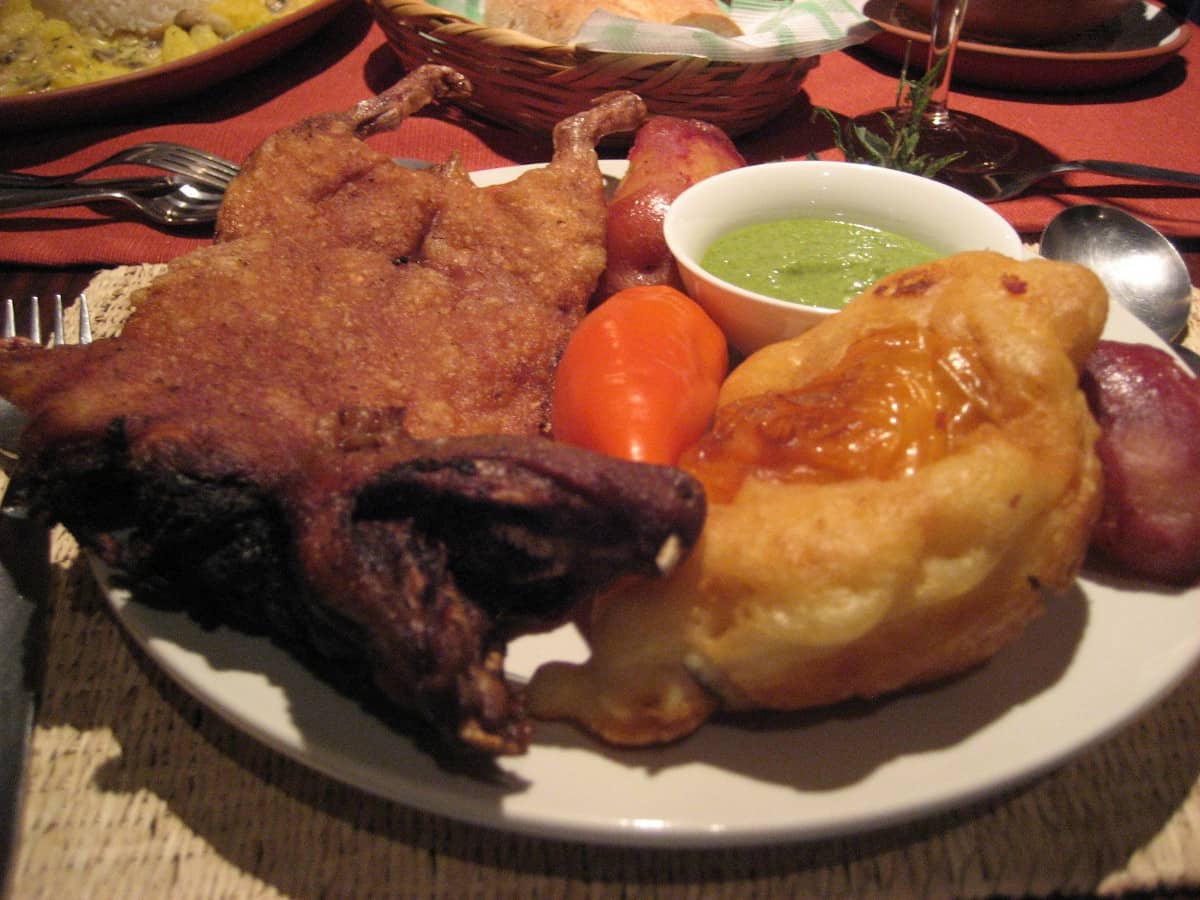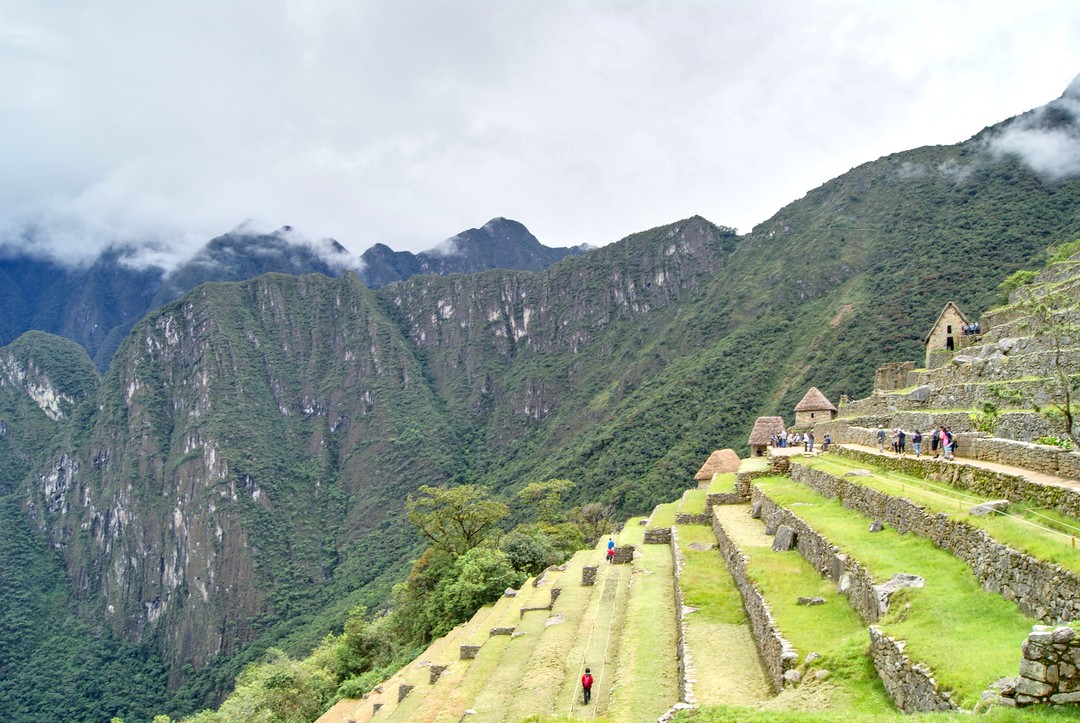When it comes to unique and traditional foods, few dishes are as intriguing as Cuy in Peru. This iconic dish, made from guinea pig, is not only a staple of Peruvian cuisine but also a symbol of the country’s rich cultural heritage. Whether you’re a food enthusiast, a traveler planning a trip to Peru, or simply curious about global culinary traditions, this article will take you on a deep dive into the world of Cuy. From its historical significance to how it’s prepared and where to try it, we’ll cover everything you need to know about this fascinating dish.
What is Cuy?
Cuy, pronounced “kwee,” is the Spanish term for guinea pig. While guinea pigs are often kept as pets in many parts of the world, in Peru, they are primarily raised for food. Cuy has been a part of Andean culture for thousands of years, dating back to pre-Inca civilizations. It’s a lean, protein-rich meat that’s both nutritious and flavorful, making it a beloved dish in Peruvian households and restaurants alike.

The Historical Significance of Cuy in Peru
A Staple of Andean Culture
Cuy has been a dietary staple in the Andean region for over 5,000 years. Archaeological evidence shows that guinea pigs were domesticated by ancient civilizations like the Moche and Inca. These small animals were easy to raise, required minimal resources, and provided a reliable source of protein in the high-altitude regions of the Andes.
Symbolism and Tradition
In addition to its nutritional value, Cuy holds cultural and spiritual significance in Peru. It’s often served during special occasions, festivals, and religious ceremonies. For example, in the Andean tradition, Cuy is used in rituals to predict the future or diagnose illnesses. The animal’s entrails are examined for signs and omens, a practice known as “cuy divination.”
Why is Cuy So Popular in Peru?
Nutritional Benefits
Cuy is a highly nutritious meat, rich in protein and low in fat. It’s also a good source of essential vitamins and minerals, including vitamin B12, iron, and zinc. For communities in the Andes, where resources can be scarce, Cuy provides a sustainable and healthy food source.
Cultural Pride
For Peruvians, Cuy is more than just food—it’s a symbol of their heritage. Preparing and sharing Cuy is a way to celebrate and preserve their cultural identity. Many families have their own traditional recipes, passed down through generations.
Unique Flavor and Texture
Cuy has a distinct flavor that’s often described as a cross between rabbit and chicken. Its texture is tender yet slightly gamey, making it a unique culinary experience for adventurous eaters.
How is Cuy Prepared in Peru?
Cuy can be prepared in various ways, depending on the region and the cook’s preferences. Here are some of the most popular methods:
1. Cuy al Horno (Roasted Guinea Pig)
- The most common way to prepare Cuy is by roasting it whole. The guinea pig is marinated in a mixture of spices, garlic, and herbs, then roasted until the skin is crispy and golden brown. It’s often served with potatoes, corn, and aji (Peruvian chili sauce).

2. Cuy Chactado (Fried Guinea Pig)
- This dish originates from the Arequipa region. The guinea pig is flattened and fried under a heavy stone, resulting in a crispy exterior and tender meat. It’s typically served with rice, beans, and salsa.

3. Cuy en Salsa (Guinea Pig in Sauce)
- In this preparation, the meat is cooked in a flavorful sauce made from tomatoes, onions, garlic, and spices. It’s a hearty and comforting dish, often served with rice or bread.
4. Cuy en Pepián (Guinea Pig in Peanut Sauce)
- This traditional dish features Cuy cooked in a rich, creamy sauce made from peanuts, aji amarillo (yellow chili), and other spices. It’s a delicious blend of savory and nutty flavors.
Where to Try Cuy in Peru
If you’re visiting Peru and want to try Cuy, here are some of the best places to experience this unique dish:
1. Cusco
- As the heart of the Inca Empire, Cusco is one of the best places to try Cuy. Many restaurants in the city offer traditional preparations, often accompanied by live music and cultural performances.
2. Arequipa
- Known as the culinary capital of Peru, Arequipa is famous for its Cuy Chactado. Be sure to visit a local picantería (traditional restaurant) for an authentic experience.
3. Sacred Valley
- In the Sacred Valley, you’ll find small villages where Cuy is prepared using ancient techniques. Some restaurants even allow you to participate in the cooking process.
4. Lima
- Peru’s capital city is home to a thriving food scene, with many high-end restaurants offering gourmet versions of Cuy. Don’t miss the chance to try this dish in a modern, innovative setting.
Tips for Trying Cuy for the First Time
If you’re new to Cuy, here are some tips to make your experience more enjoyable:
- Keep an Open Mind
- Cuy is a unique dish that might look or taste different from what you’re used to. Approach it with curiosity and an open mind.
- Start with a Familiar Preparation
- If you’re hesitant, try a dish like Cuy al Horno, which is similar to roasted chicken or rabbit.
- Pair It with Traditional Sides
- Cuy is often served with potatoes, corn, and aji sauce. These sides complement the meat and enhance the overall flavor.
- Ask Locals for Recommendations
- Peruvians are proud of their cuisine and will be happy to recommend the best places to try Cuy.
The Environmental and Ethical Aspects of Cuy Farming
Cuy farming is not only a cultural practice but also an environmentally sustainable one. Guinea pigs require minimal space and resources, making them an eco-friendly source of protein. Additionally, Cuy farming provides economic opportunities for rural communities in the Andes.
From an ethical standpoint, Cuy is raised and prepared with care, reflecting the deep respect Peruvians have for their traditions and the animals themselves.
Frequently Asked Questions About Cuy in Peru
1. Is Cuy safe to eat?
- Yes, Cuy is safe to eat when properly cooked. It’s a common and widely consumed dish in Peru.
2. What does Cuy taste like?
- Cuy has a mild, slightly gamey flavor, often compared to rabbit or dark-meat chicken.
3. Is Cuy expensive?
- The price of Cuy varies depending on where you eat it. In local markets, it’s relatively affordable, while high-end restaurants may charge more.
4. Can I try Cuy outside of Peru?
- While Cuy is most commonly found in Peru, some Peruvian restaurants in other countries may offer it as a specialty dish.
Experience the Magic of Cuy in Peru
Cuy is more than just a dish—it’s a window into Peru’s rich history, culture, and traditions. Whether you’re savoring a crispy Cuy al Horno in Cusco or enjoying a gourmet version in Lima, this unique culinary experience is one you’ll never forget.
So, what are you waiting for? Book your trip to Peru, immerse yourself in its vibrant culture, and don’t miss the chance to try Cuy. And if you’ve already had the pleasure of tasting this delicacy, share your experience in the comments below! Let’s celebrate the diversity and richness of global cuisine together.






